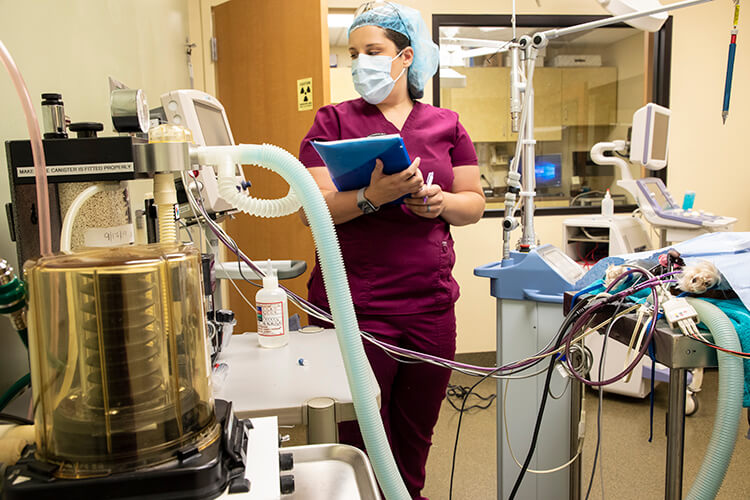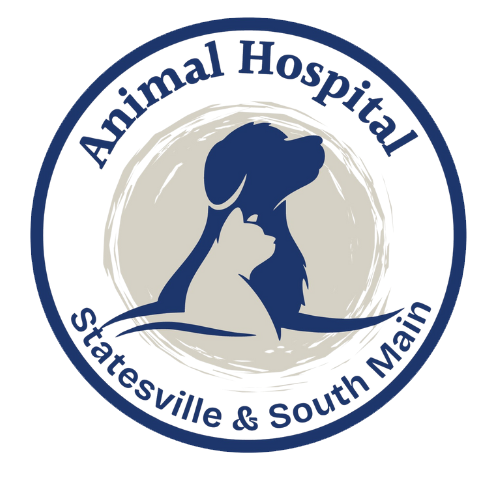
Dr. Chip Cooney
November, 2019
Most pets, during their lifetimes, have some type of procedure that requires anesthesia. Whether that procedure be a spay or neuter early in life, a dental cleaning later or more advanced procedure due to trauma or age-related disease, anesthesia is performed in our clinic literally every day. But the thought of anesthesia makes many owners anxious. There is the totally understandable concern of complications, which can be life-threatening, that underlie these worries.
Anesthesia does not need to be stress-inducing if it is performed correctly. First off, pets need blood and heart screenings to ensure that they are the healthy candidates that they appear to be. Since they cannot tell us when something is bothering them, this is very important. Once these tests prove normal, our clinic follows the AAHA guidelines and uses many of the same medications and agents used on humans. Our patients are placed on a ventilator to ensure that they are oxygenating appropriately. A highly-trained technician is assigned to monitor the heart rate, EKG, blood pressure, CO2, and body temperature. With this aggressive supervision, we are able to quickly and confidently make any changes needed to address the abnormality.
By following these guidelines, anesthesia has proven to be extremely safe. Nationally, anesthetic deaths in dogs is less than 0.05% and less than 0.1 % in cats. In the vast majority of cases, the disease or issue that is being treated with anesthesia has a much higher risk of causing premature death.
While we never enter into an anesthetic episode lightly, we are confident in our protocols and are more than happy to discuss any issue or concern you might have before any procedure.
